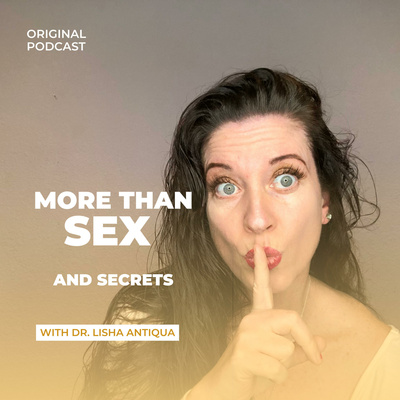A few days ago, I shuttled my children in the bitter Chicagoland cold to my 8-year old daughter’s swim meet.
As my son and I settled in among the fans on the bleachers, the logo on a fellow mom’s sweatshirt caught my eye.
‘Your Reality Is Ruining My Life’, it read.
Wow, I thought, as the first swimmers dove into the pool. Now that’s a strong statement.
It was meant to be funny, of course, but I caught myself contemplating it further.
Could it be true?
I suspect most of us would agree that thoughts can be tremendously powerful. Once backed by belief in them, consciously or unconsciously, thoughts can be more powerful still.
The classic example of this in the research world is the ‘placebo effect’. It’s common knowledge, even among the general public, that subjects in research studies who believe they are in the ‘treatment group’ may experience physiologic improvement – even if said ‘treatment’ is merely a sugar pill.
The opposite phenomenon, or ‘nocebo effect’, also rings true, with multiple studies to back that up as well. If you generate a belief connected to a worse outcome, those results are also more likely to happen.
Not surprisingly, many holistic healers champion the remarkable effect of personal thoughts and beliefs as one of the necessary tenets of an individual’s capacity to heal.
But could the same principle hold true between people?
Could my own personal beliefs or intentions affect someone else’s experience?
Journalist, author, and spiritual leader Lynn McTaggart put this notion to the test in her groundbreaking book The Power of Eight. In this powerful account, she shares results from scientific experiments investigating the effect of small group intention on an identified study subject. In these experiments, groups of people simultaneously sent intentions to an identified person in need of healing or transformation – the results of which astounded not only the research team, but all study participants.
McTaggart’s team found that small group intention not only improved healing for the identified study subject but, in many cases, for the individuals in the intention group as well. She referred to this as a “mirror effect”.
Based on these dramatic results, it appears as if our thoughts are powerful enough to affect someone else’s reality.
But perhaps even more incredibly, it goes both ways; the thoughts and intentions of a committed group may influence the entire group’s healing.
Kind of sounds like a group superpower, doesn’t it?
In my opinion, it’s certainly worth taking a deeper dive, and at Free Range Psychiatry, we’ll be doing exactly that. We are going to be using Lynn McTaggart’s outline for creating a “Power of 8” intention circle of our very own and examining the effects this experience has on all who participate. Stay tuned for more details about this exciting opportunity to attune to the power of intention!
And the next time you run into a sweatshirt-wearer who insists that your reality may be ruining their life, kindly and compassionately suggest this alternate, more optimistic logo:
“Our Realities Have the Power to Heal One Another”.






Love this!! I agree that we are affecting each other…. more than we know! :-) Thank you for bringing this to light especially in the realm of health and healing!